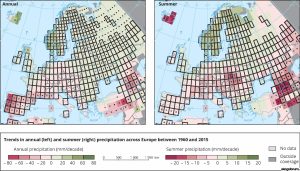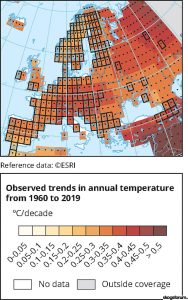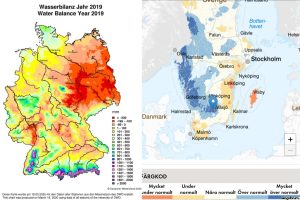“The Swedish model of forestry has made our forests less affected by the bark-beetle than the forests in central Europe”, claims Göran Örlander, a professor in forest management and senior adviser at the forest owner’s association Södra in an interview in the latest issue of “Tillväxt”, a magazine published by the Swedish business bank Handelsbanken.
Seven reasons why Sweden is better, according to Örlander
In the article, Göran Örlander lists seven points as proof of why Swedish forestry cope with the bark-beetle problem better than other countries.
- Sweden has less dense stands.
- We have a shorter rotation on our forests which minimizes stress caused by drought.
- Sweden has large clear cuts.
- Sweden has a more even-aged distribution.
- Sweden has a different structure in ownership, e.g., more privately owned large forests.
- The forest owners’ associations have their own forest industries which contribute to shorter transports.
- Swedish forestry has a well-tuned value chain.
Stress caused by drought
One of the main reasons that the spruce trees have to give in for the bark-beetle is that they are stressed by drought. Stress due to drought is caused by higher normal temperatures combined with less precipitation.
Sweden should, according to Göran Örlander, aim to plant more pine on dry soil and go for more mixed forests than today when mainly spruce is planted. However, this is happening already. The supply of pine plants from the Södra nurseries has tripled in the last 15 years. But according to Örlander it’s important to continue the work of getting back the pine forests on dry soil.
Is it really that simple?
One has to ask oneself: Would the central European spruce forests have had less bark-beetle problems if they would have used the same methods as we do in Sweden?
Let’s have a look at the precipitation and temperature long term data, presented by the European Environmental Agency, EEA. The maps here below show this data. As stress caused by drought is a fateful problem for the spruce forests, these maps could be a good idea to have a look at.
The maps show that the parts in central Europe that have the highest rate of bark-beetle attacks have had a decreased precipitation of up to 20 % per decade. Sweden has had increased precipitation by at least 20 % per decade.
Furthermore, the data in the maps show that the average temperature has increased by 0,37° centigrade per decade in the most bark-beetle affected areas of central Europe as the same figure per decade in Sweden has been + 0,33° in the south and + 0,27° in the north.
The temperature has increased more in the most affected regions
This means that the temperature in the most affected regions in central Europe has increased by 12 % more than in Sweden per decade. When looking at the precipitation (with an annual reference value of 700 mm), it has decreased by up to 6 % during the last 20 years in central Europe, as in south Sweden where it actually has increased by up to 6 % during the same period of time. Over a 10-year period the difference in change of precipitation is 40 mm between the regions.
Water balance
It’s also interesting to have a look at data on the water balance. The picture below shows two maps of which the one to the left shows the water balance in Germany in 2019, and the right one the same for Sweden in 2019. Unfortunately, the time frames are not exactly the same in comparison as the Swedish weather agency, SMHI, also has included parts of 2020. The comparison still shows that Sweden has been lucky after the dry 2018.
Water balance is the difference between precipitation and evaporation, in other words, the water that stays in the ground.
So …
Considering this: Is there a difference in the way of thinking and maybe in measuring the outcome between our countries? Or are Germany and Czech Republic hopelessly behind us Swedes when it comes to forest management as professor Örlander seems to believe?
That’s the question …
If you wish to practice your skills in the Swedish language you read the full article in Tillväxt here.














